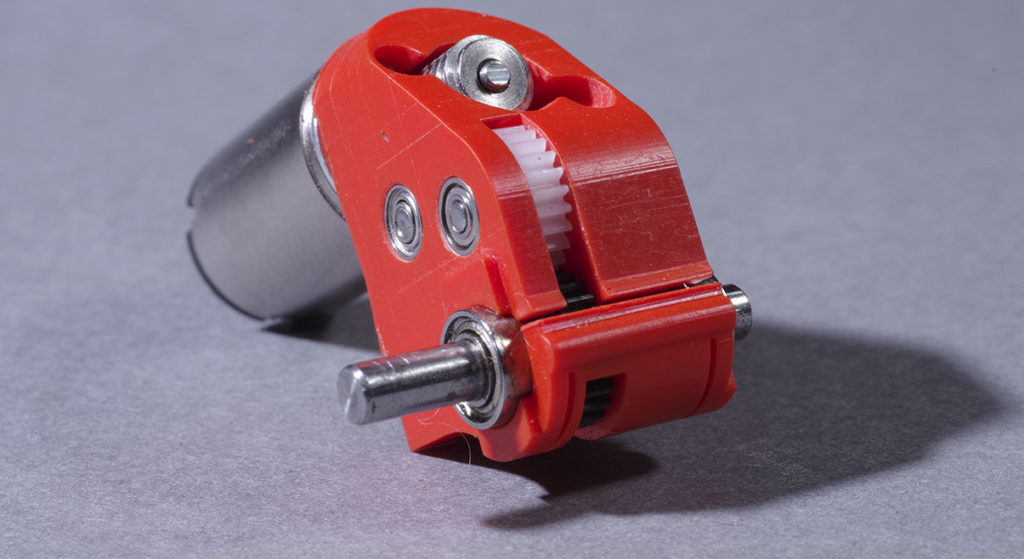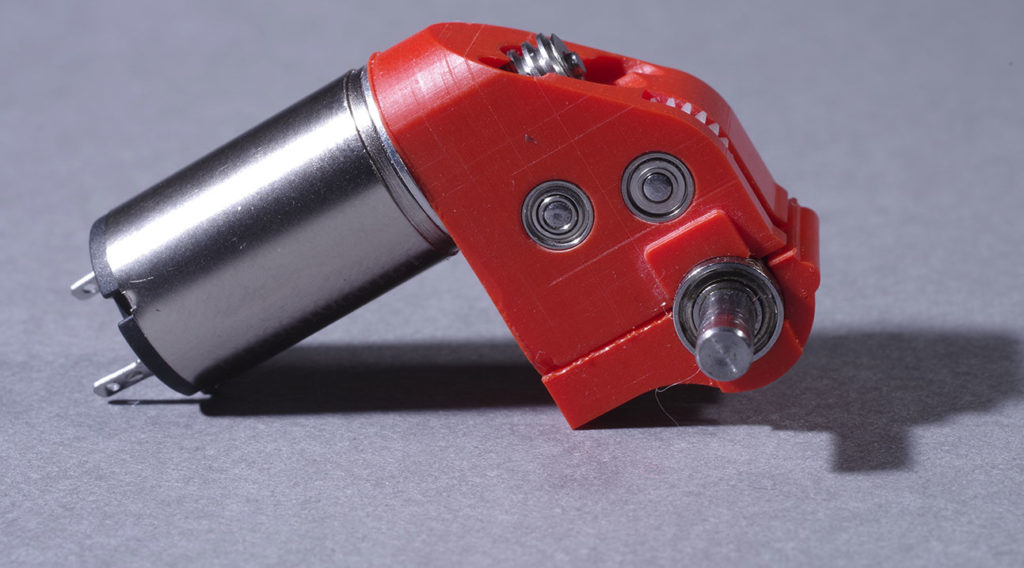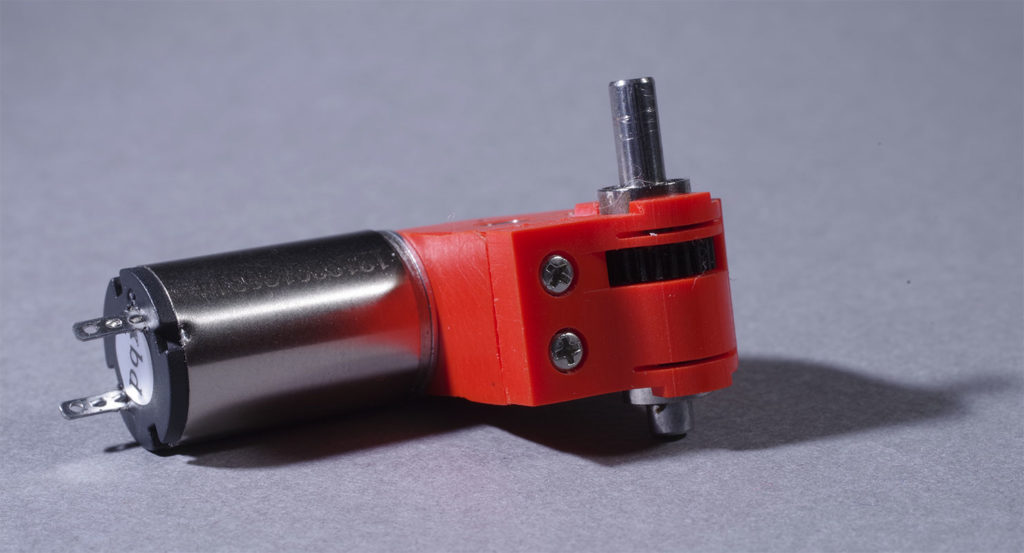When designing a loco a fairly early decision to be made is how to drive it. This is the stage I’ve being going through with the F.
Decisions to be made include:
- Where to put the motor? Practical and cosmetic considerations.
- Which axle to drive?
- How to fit the drive around suspension, compensation and other dangly bits?
- How to later maintain the mechanicals? – which means being able to remove the motor/gearbox and wheels.
Fortunately I’ve just been through this with the W and some lessons learned there do not need to be repeated for the F.
One of the early decisions with the F was that daylight under the boiler is a must. Not that there will be much actual light, but the boiler will be a cylinder with space beneath. This means that the only place to fit the gearbox is in the firebox, and the motor in the boiler barrel. I originally planned on using the 1330 motor but it dawned on me that, while there was plenty of space to install this, getting it out occasionally wouldn’t be practical. So I’ve changed to a smaller 1219 coreless motor that will still have plenty of power for this small machine. I had no reason to change the specs of the W gearbox – ball races, 2-stage 50:1 ratio, mounting on the main drive ball races, cut (not moulded) 0.3 module gears. However the dimensional constraints and centres are different so a new design was required.

The photos show the first test box assembled. Not shown here is a part with the rivets and washout plugs on the firebox front. This is small cosmetic addition that will be glued underneath the motor. Rather than hide the gearbox, it will be visible between the frames as a representation of the firebox.

The assembled box is a tidy, smooth and compact unit. Removal of two screws allows the drivers to be dropped out and alignment is controlled by the bearings – so should always be exact.

The two slots in the baseplate allow the brake rigging to pass.
To recap progress on other aspects of the kit development:
- Almost all of the casting patterns exist or have been drawn up. In some cases there will need to be a review to ensure a good match with etched and printed parts, but this is not major.
- The prototype research is basically done, and there is probably another blog post on the findings of this. Most likely there will be two versions of the kit. One will cover the early locomotives from Neilson, Avonside, Yorkshire and Vulcan built prior to 1878, while the other will cover the Dubs and later Stephenson locomotives built from 1878 onwards. This will cover the majority of the F class, but there will be some members (the Black Hawthorn, early Stephensons, Hungerford and a few others), that will not be entirely covered by the kits. These variants should be able to be built by modellers willing to scratchbuild cabs and other details though. There will be a lot of choice. In the digital age this is not especially hard for me to offer.
- If the foregoing seems entirely too hard for you, there will be kits (probably based on F13 and/or F163) where the choices have been made for you.
- The body etch is mostly complete. Work remains on how to deal with some of the variants.
- The chassis etch is well advanced
- Much of the third party hardware is in hand.
I’m not one for promising too much as these projects have a knack of turning up hurdles, but I hope to be doing test builds in around a months time.















